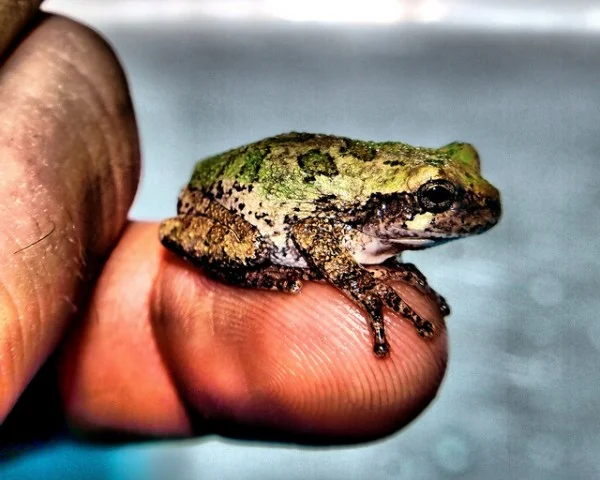2012 News & Careers
January
Researchers have discovered a new species of hybrid shark off the east coast of Australia which appears to be a cross between two other shark species common in the area. The discovery challenges several standing scientific shark behavior theories and may indicate that species are changing in response to climate change.
February
The main driver behind global climate change is often thought to be fossil fuel emissions, but the results of a survey of 41 international scientists published in Nature this December stresses the role of another factor. Led by University of Florida scientist Edward Schuur and University of Alaska Fairbanks graduate student Benjamin Abbott, the survey suggests that intense permafrost thaw could potentially increase greenhouse gases by nearly 150 percent.
Researchers studying the transmission of a deadly airborne strain of the H5N1 bird flu virus published a letter in both Science and Nature last month, announcing that they have suspended their work for 60 days to discuss the merits of this controversial research. Primary concerns regarding this research include the potential for this virus to escape laboratories and its possible use by bioterrorists.
A newly described frog species from New Guinea is now recognized as the world’s smallest vertebrate, averaging only 7.7 millimeters in length—small enough to sit comfortably on the face of President Roosevelt on an American dime.
Most of us go about our day without considering our encounters with domesticated animals: our pet dog, the horse we rode on the beach, the cow we just had for lunch. Yet animal domestication has played a significant role in our lives. “The history of domestication is interesting because it changed human history.
March
Magic mushroom users often describe a feeling of having their minds expanded, but a new study reveals that this psychedelic state results from diminished brain activity. A recently published study interpreting functional brain scans of volunteers under the influence of the active psychedelic compound in magic mushrooms, psilocybin, has provided scientists with a new view of how the psychedelic state is achieved in the brain—one that may elucidate how to treat depression and headaches.
In the 19th of June 2010, one of our career researchers, Vidhya Natarajan, spoke to Mr. Clifford Ball, a perfusionist and the Program Director of the Cardiovascular Perfusionist Program at the Cleveland Clinic, Florida. They spoke about the profession and his journey towards becoming a perfusionist.
Where does funding for biomedical research come from? How can you get involved in cutting-edge research? Are you interested in pursuing a career in biomedical science? The Journal of Young Investigators interviewed Dr. Francis Collins, Director of the National Institutes of Health, to answer these questions. The following is the printed transcript of the interview.
April
May
June
July
August
You can’t teach an old cell new tricks — or so we thought. Similar to those lazy pets stuck in their ways, we tend to think of cells as static entities. A research article published online in Cell Stem Cell in June, however, suggests otherwise. In this study, researchers from the Gladstone Institutes in San Francisco and University of California San Francisco successfully converted human skin cells into functional brain cells — using only a single genetic factor.
September
A new stem-cell derived model of metabolic diseases affecting neurons was developed at Virginia Commonwealth University in an effort to solve the short comings of current paradigms.
October
Less than half of American schools are prepared for a pandemic or bioterrorist attack, according to St. Louis University researchers who studied schools’ disaster management plans.
“There’s no plan in place for [most American] schools to be ready for the next [pandemic] event,” said principal investigator Terri Rebmann, Ph.D, with Saint Louis University’s Institute for Biosecurity. “How do you continue to educate the children? What do you do for the kids who are low income and [get] two meals out of their day from the school?”
Last month, computer scientists at Concordia University unveiled a new system called BlogSum that aims to bring computers one step closer to understanding materials like online blogs. In today’s world of blogs and connectivity in social media, this breakthrough technology could be the key to unlocking how consumers view an organization more quickly and easily than ever before.









An unmanned aerial vehicle called SUAVe – Semi-autonomous Unmanned Aerial Vehicle – could potentially change the way archaeological sites are mapped. What has historically taken years to complete will now take mere minutes -- and the possibilities do not end there.